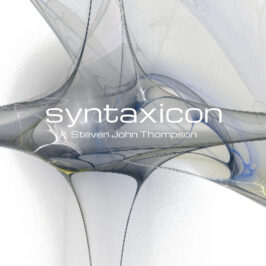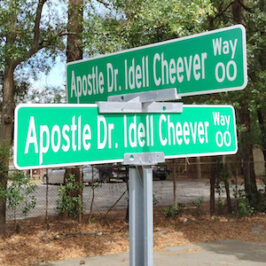ABSTRACT
Mediated image manipulation, archiving, and sharing are all critical technological aspects of Western culture and postmodern civilization. Consequently, creation, identification, dissemination, and proliferation of powerful images across media channels indicate a burgeoning area of inquiry for information technologies.
While words alone may be capable of conveying adequate information across media channels, the news industry crafts around the dual enterprise of joint word and image. Audio-visual supports of these communication devices constituting new media are standard means of rhetorical expressions in acquiring and sharing information in daily life. Media images previously bound by the constructs of analog technologies have taken on new dimensionality through participation and promulgation within — and without — media outlets of digitality. This new digital territory for the iconicity of images changes the way cyberspace adopts an icon, and the way humanity avails itself of it.
The rhetorical elements that contribute to raising media to an iconic level are countable and accountable attributes. Overwhelming sensory experiences and responsibilities associated with broadcast media ensure neither (1) time to study individual factors that render media as iconic, nor (2) interest in interpretation of such dynamics prior to public release. Yet, iconic media has a scope of inherent rhetorical wonders, threats, and dangers that beg serious academic, and professional, study and interpretation.
While this leads to deeper issues of access, privilege, and motive, only through serious scholarly inquiry can we gain understanding of rhetorical roots and expressions of the diverse entities producing the media that eventually becomes iconic. Iconic media may be global in distribution; yet, a simple, local systematic approach to dissemination of the rhetorical devices used in its construction and proliferation may help it become the seed for all future inquiry into such dynamic rhetorics.
Difficulty is not in identifying problems, but providing practical solutions. While the ancient Greeks and Romans certainly had much to say on their subject of rhetoric, other scholars have appeared, and still must appear on the media scene capable of considering the aspects, complications, and impacts of iconic media development; however, while providing a safe but creatively stimulating, new systematic approach to rhetorical construction and media messaging for a fully digitized world.
While use of the noun ‘icon’ may be similar to use of the word ‘iconic’ as a noun, their correlative relationship is included here because icons as iconics are imperative to understanding the evolutionary process for traditional icons in cyberspace, and because iconics are intermediaries— the glue, actually — between the traditional icon and today’s iconetics. Consequently, removing the noun ‘iconic’ from this volume would be partly self-defeating since the familial relationship cannot be ignored or stifled.
None of us, as a child, has a history without a pair of biological parents. It would be difficult to tell the important story of the critical growth of those people as parents if their children did not assume their respective relative roles at times, especially when the story is going to end with the noisy grandchildren taking over the family name and its responsibilities. As the traditional icon stands its hallowed ground, icons in cyberspace have been registering as iconics, largely through media proliferation of terrorist images in an entirety in digitality, and iconics collectively, in gestalt, have been living out their virtual presence as iconetics impacting artificial intelligence, robotics, humanity, and the Internet appliance with prospective agency that is capable of affecting…and infecting…digital cultures and societies.
Content from my “Rhetorics of Iconics: Terrorism, Media Informatics, Autopoiesis, and Agency in Cyberspace” dissertation, wherein this abstract is adapted and updated to reintroduce the gestalt phenomenon of Icons | Iconics | Iconetics: a book trilogy in search of a permanent publication home.
Cover images below are sample screenshots as placemarkers, and are not intended to suggest final use.

FIGURES
ICONS: The Tetragrammaton rotated 90° CCW forms ‘Adam’ (Katz, 2003)
ICONICS: Swiss campaign curbing minaret growth (Goal Ag, 2009)
ICONETICS: Screen capture of Moscow bombing reenactment. Adapted image (RIA Novosti, 2010)





